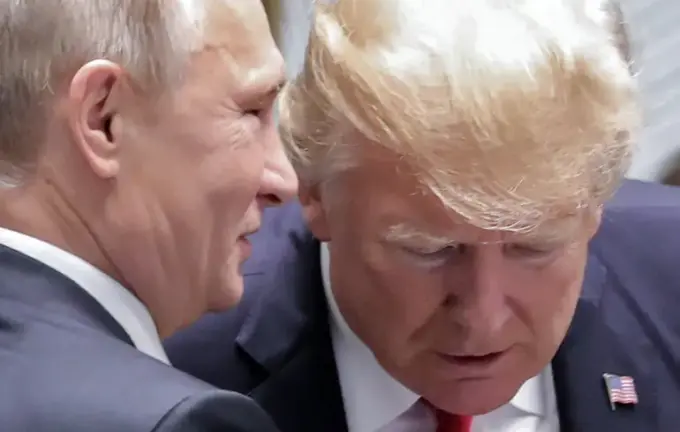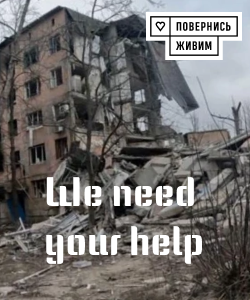Putin’s Influence over Trump: A Deep Political Game Between Moscow and Washington

In today’s geopolitical landscape, the intricacies of international diplomacy and influence are increasingly complex and multifaceted.
Recent analyses and reports reveal that Vladimir Putin holds a significant psychological sway over former US President Donald Trump.
According to the authoritative British publication Financial Times, the Russian leader’s actions exert a hypnotic effect on the American politician, opening new avenues for understanding the delicate balance of power between the two nations.
One notable example of this diplomatic chess game was Trump’s meeting with Zelensky at the end of February, shortly after the Ukrainian president had yet to openly criticize US policy towards Russia.
However, political circles were already buzzing with rumors that Trump was susceptible to Moscow’s influence, especially regarding his stance on the Ukraine war and potential negotiations.
At the same time, analysts point out that Putin himself could perhaps exhibit greater patience than he currently demonstrates.
His long tenure in politics shows that the Russian president is capable of maintaining composure and carefully planning his moves, waiting for the right moment when his strategic goals might be achieved.
Nonetheless, his primary bet remains on gaining leverage from negotiations with the US rather than military confrontation.
What once seemed like science fiction—such as the recent agreements between Trump and pro-Russian Prime Minister Viktor Orbán of Hungary—illustrates that Moscow still plays a diplomatic game, employing various methods to influence global events.
Meanwhile, Ukrainian President Zelensky must demonstrate even greater resilience in the coming days.
Trump, on the other hand, shows increasing impatience regarding unresolved conflicts worldwide.
He recently claimed that only one conflict remains to be resolved.
According to him, he “brought an end” to wars in Israel, India, Pakistan, Thailand, Armenia, and others, but Ukraine remains the most stubborn challenge for him.
Experts believe that, compared to the wars in Afghanistan and elsewhere, the current situation around Ukraine has its own unique features.
Moreover, the issue of financial support is critical: can Europe and the US provide Ukraine with enough resources to withstand ongoing challenges? Russia’s military losses are also significant—by 2025, the death toll among Russian soldiers is estimated to reach around 100,000, a figure that indicates severe problems with mobilization despite Russia’s larger population.
At the same time, Ukraine’s strikes on Russian oil and gas facilities are limiting Moscow’s financial means to sustain the war effort.
The Russian leadership may have to resort to forced conscription again, risking internal stability.
Despite high casualties, Russia has gained very little territorially this year—something Zelensky constantly highlights with maps of contested zones, which Moscow seeks to obscure or downplay.
U.S.
political analysts increasingly suggest that the war may resolve soon, but realities point towards a prolonged and exhausting conflict.
Meanwhile, Trump continues to see Ukraine as a future business opportunity, expecting to profit from selling weapons and resources, rather than providing them freely.
This indicates that, in his view, the Ukraine conflict is a temporary episode that can be resolved through negotiations if Kyiv shows sufficient “cards.” However, Zelensky’s strategic assets include growing international support, frozen Russian reserves, and the resilience of Ukrainian forces.
Estimates suggest that Europe and the US plan to allocate a minimum of $200 billion to stabilize Ukraine’s economy in the coming years.
Ukraine’s military successes—striking deep into Russian territories by targeting oil depots and airbases—further complicate Russia’s logistical and financial sustainment.
In Moscow’s perspective, Russia’s current weakness is evident, but its leadership continues to pursue a strategy of soft attacks and drone operations, despite mounting casualties and setbacks.
Since 2025, Russian military losses tally about 100,000 soldiers, drawing comparisons with the Soviet-Afghan war of the 1980s, which significantly damaged Moscow’s global standing.
These circumstances demonstrate that, despite its larger population, Russia faces greater challenges in mobilization and resource management compared to Ukraine, which benefits from Western military aid and strategic operations.
Consequently, Russia might be compelled to reinstate conscription, risking internal unrest, while Ukrainian forces press on with their offensive, supported by international aid.
The ongoing conflict remains unpredictable, with neither side clearly emerging victorious, and diplomatic negotiations continue to shape the potential pathways toward peace or escalation.

